The Essentials of Men’s Pants
Chinos,
workwear, joggers, dress pants, jeans, track pants, what else?
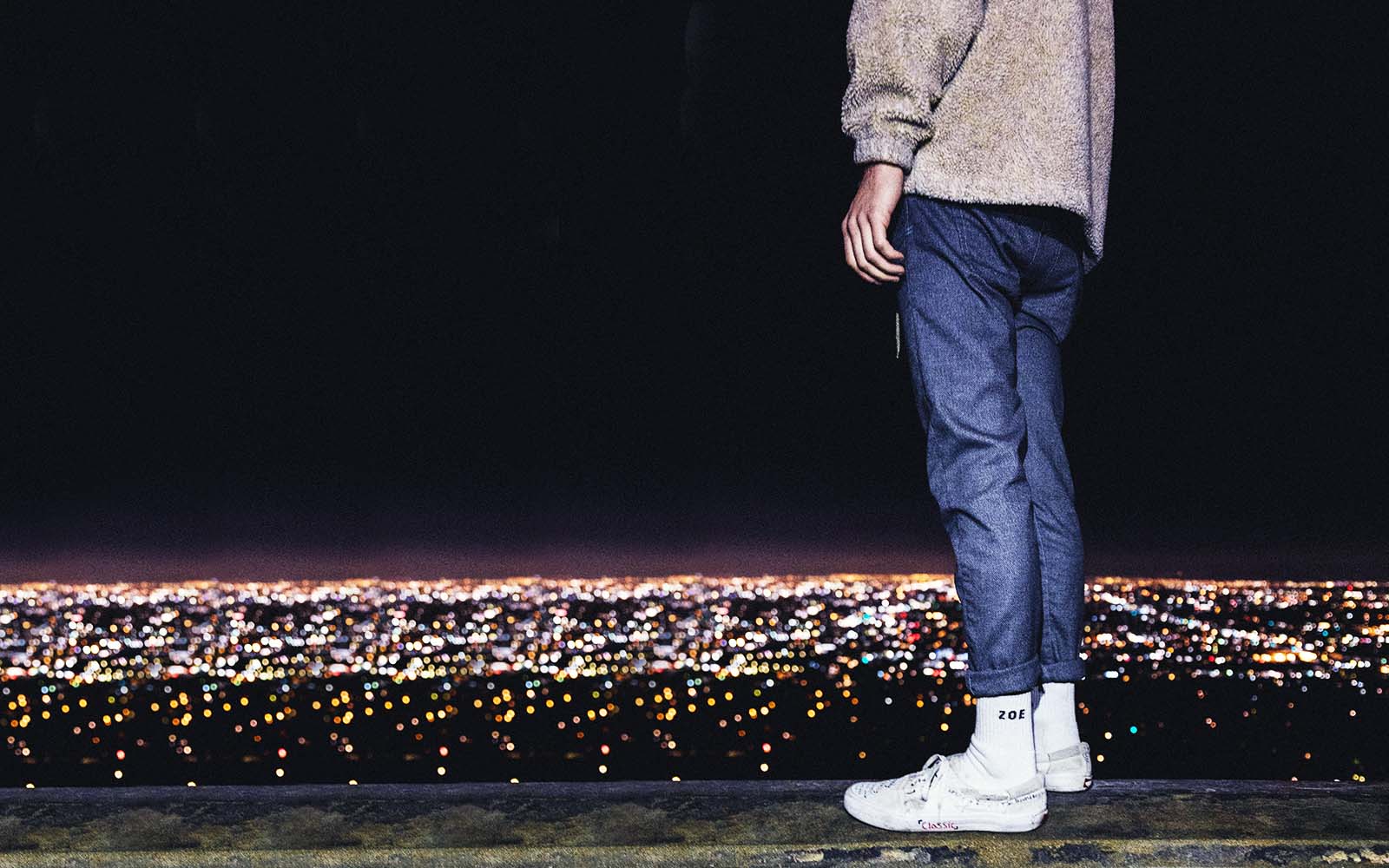
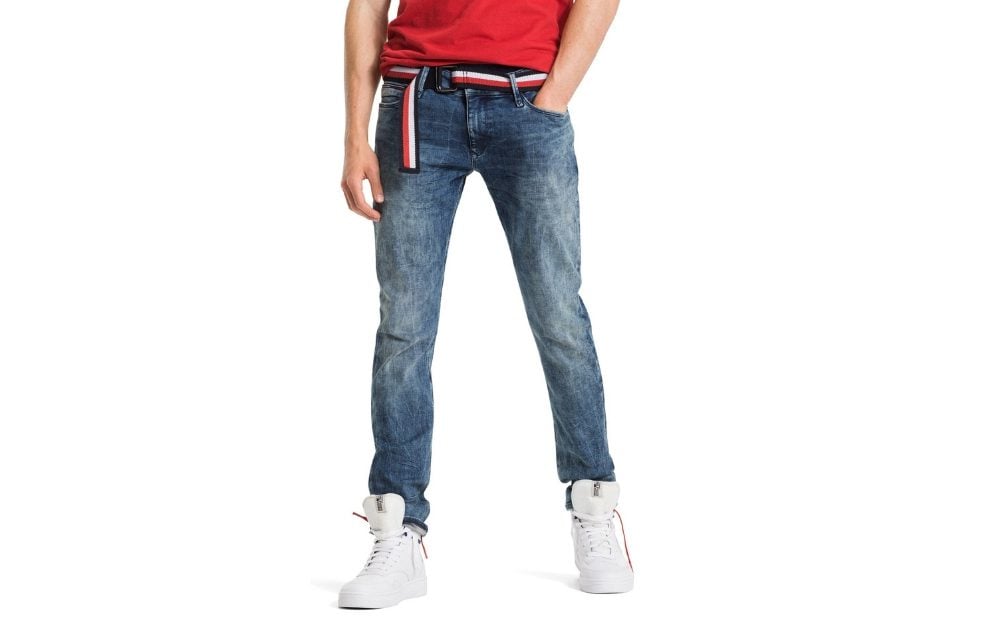
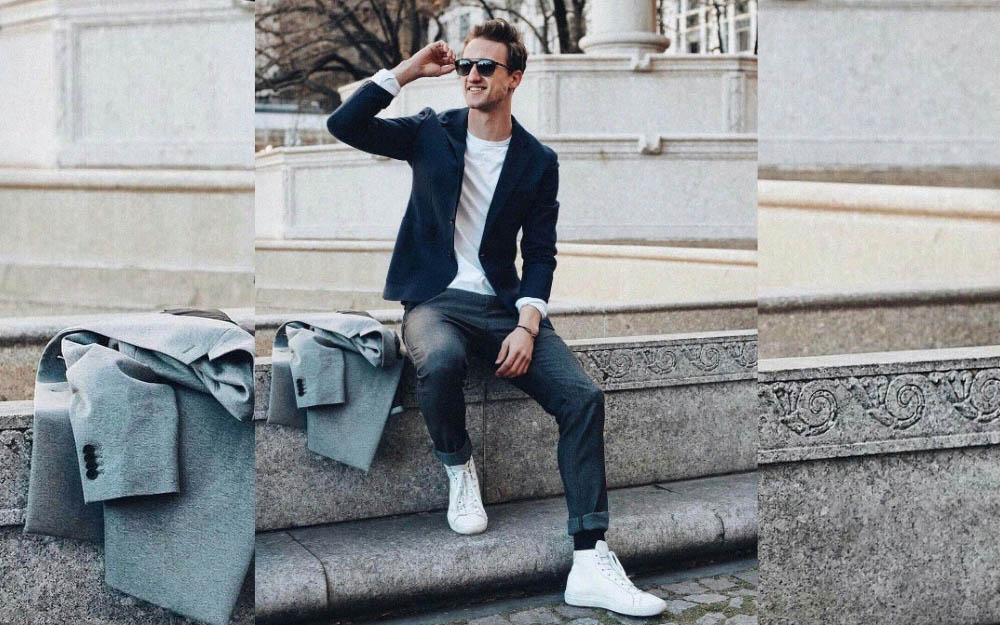

Men’s Chinos
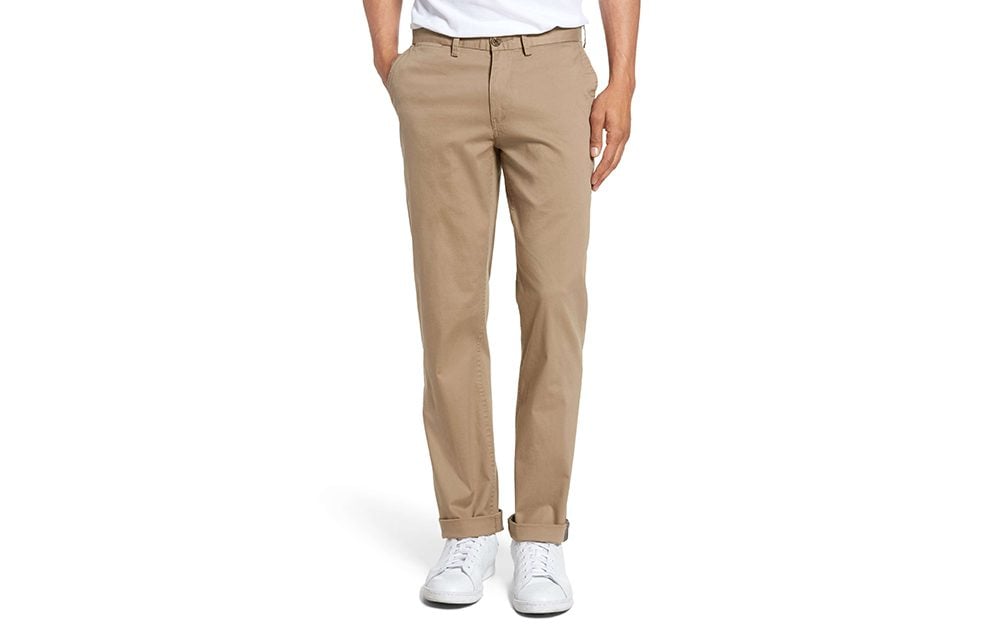

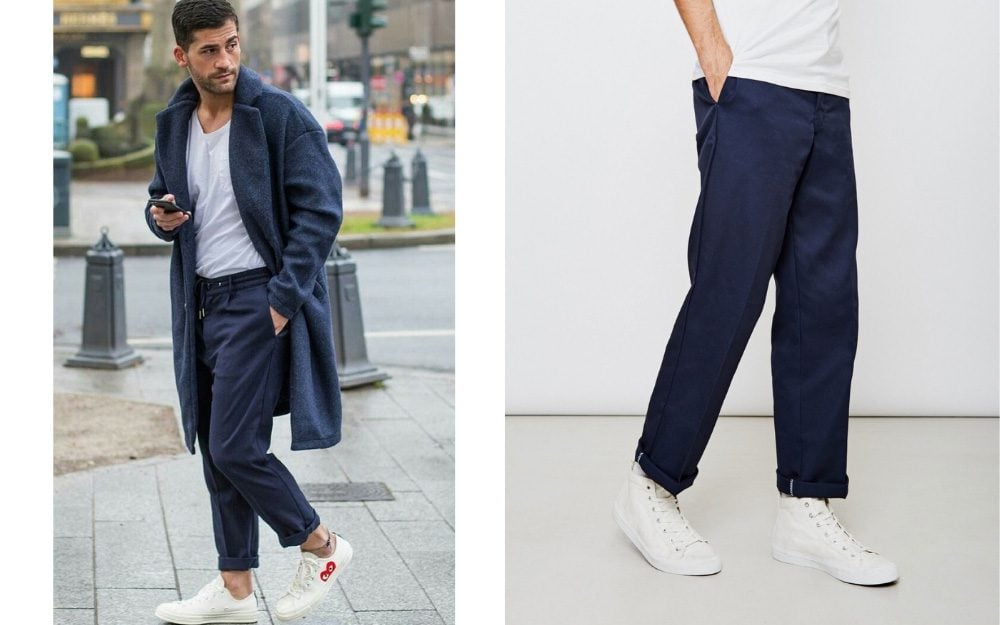
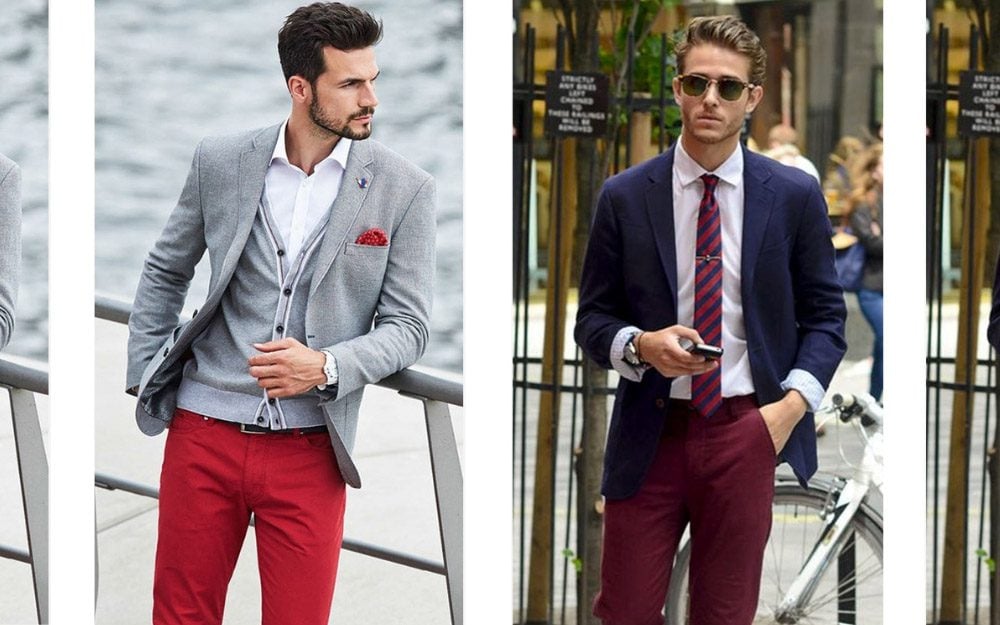
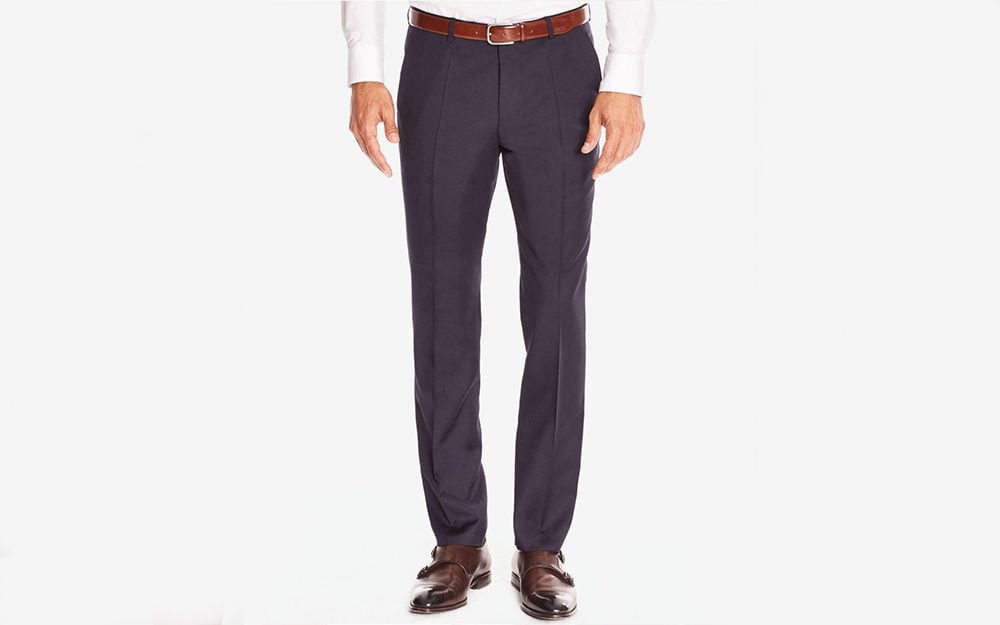

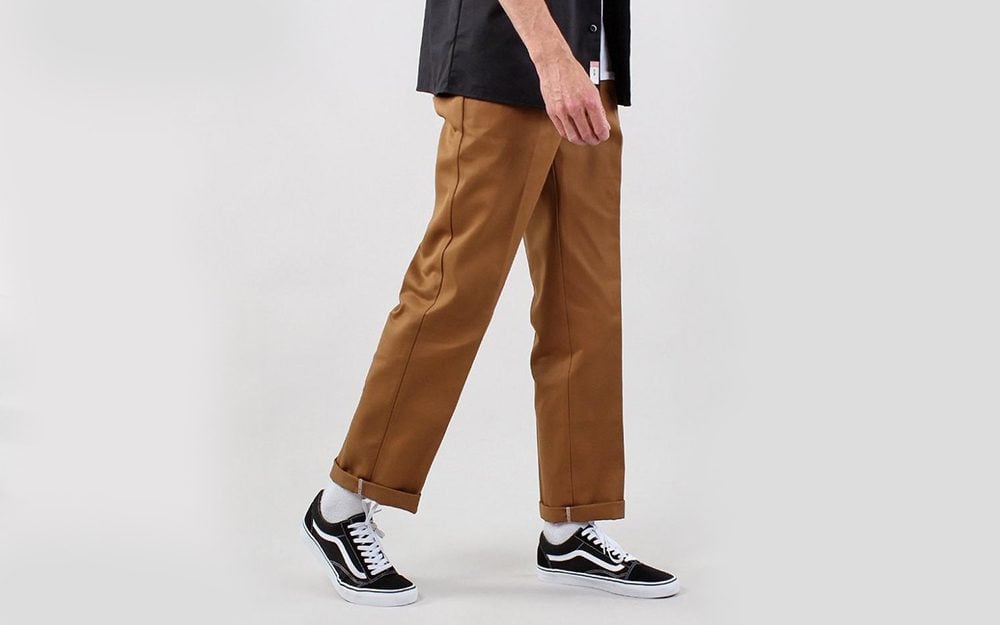
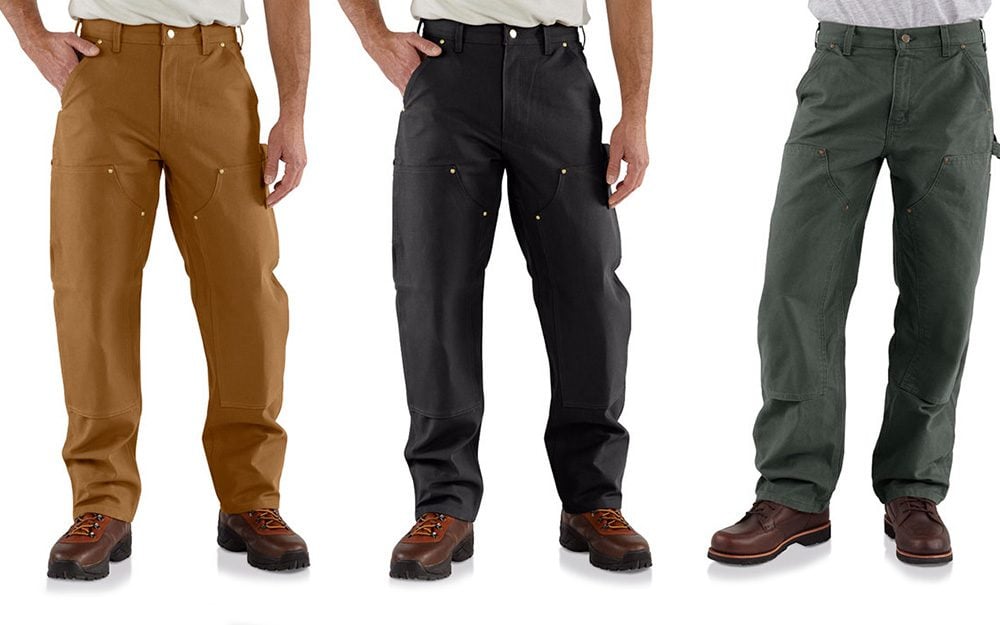


Men’s Sweatpants

On a scale from casual to formal: Casual, V Casual

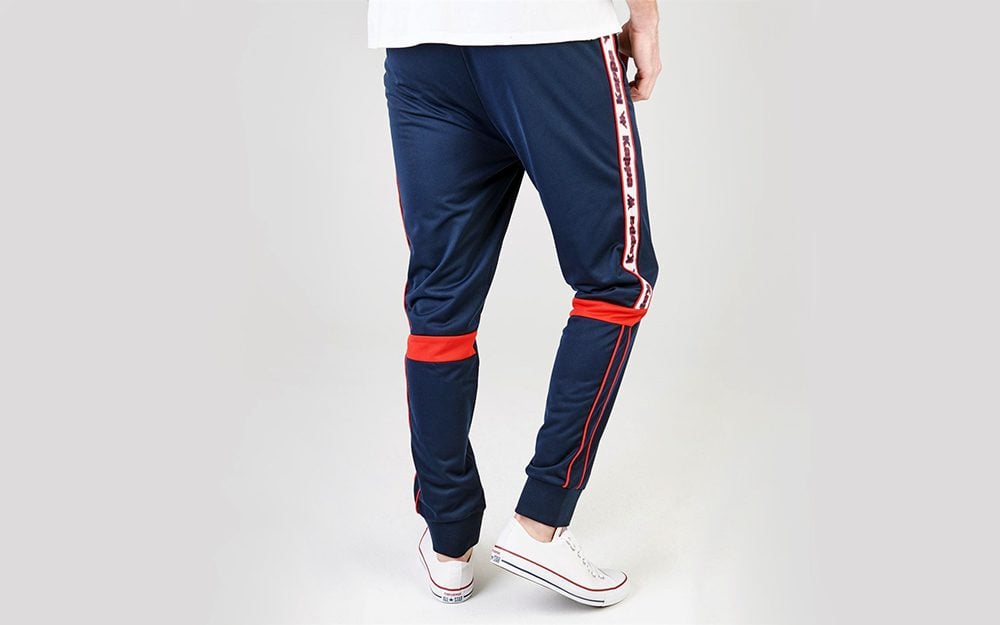
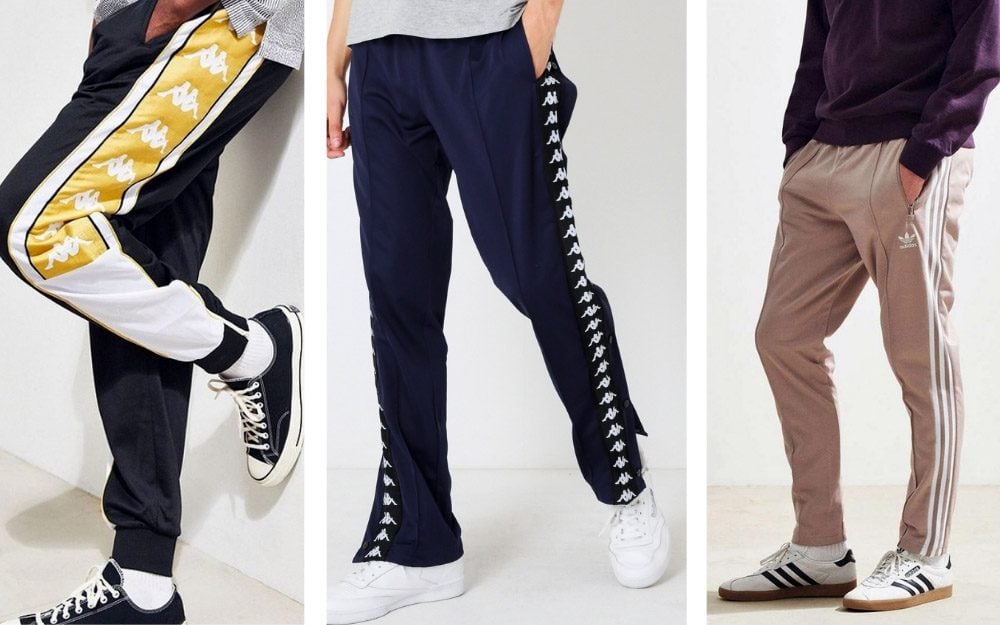


Written
by Janet Hu
Pants are often the defining
factor of an overall look. You can choose to dress up or down a collared shirt,
a tee, even a blazer, but you could never wear sweatpants to a wedding–unless
you’re fiending for a public shaming by the bride.
Understand your pants, Sir.
Here’s the essential breakdown of men’s bottoms: types of pants, and when and
how to wear them.
Men’s
Jeans

On
a scale from casual to formal: Casual
Fabric: Denim is a sturdy,
cotton-woven textile that’s dyed indigo blue and is fairly stretchable.
Invented as durable pants for gold miners, jeans have always possessed a rugged
charm.
Fit: Typically you want to go
with a slim fit, which hugs the thighs, knees, and calves while loosening up
around your ankles. This style is crisp and clean. If you have larger legs, you
can wear a straight fit, which is the same width all the way down. Classic fit,
baggier jeans tend to produce a flare or bunched up fabric at the ankle, so we
don’t advise them. Baggy jeans may be functional, but they look just that:
solely functional.
Colors/Styling: The classic
wash starts inky blue and is then rinsed with cold water, bleach, and a
lightening agent. Light colored jeans are more casual, while darker washes
appear more formal. Dark jeans can be worn with casual blazers, peacoats,
boots, and oxfords for a business casual (more toward casual) look.

If you want to go all out on
the offhand aesthetic, wear raw, selvedged or distressed denim. Gracefully
placed rips and tears will give you an edge, but beware not to go overboard at
risk of looking like a sketch weed dealer (especially now that cannabis is
legal).

Men’s Chinos

On
a scale from casual to formal: Casual, Semi-formal
Fabric: Chinos are made from
twilled cotton, which is softer and more easily draped than denim. The cloth
itself originates from China, and the trousers were known as “pantalones
chinos” by Spanish military vets returning from the Philippines. Chinos have a
lighter fabric and finer finish than khakis, which makes these pants better for
business casual or semi-formal settings.
Fit: Chinos provide a straight
silhouette with a clean, tapered look. Most of these pants have flat fronts,
but if you have larger legs, you can go for a pleated front. These trousers
have a higher rise, sitting right above the waist, and they are tailored to be
worn with belts instead of suspenders.

For a casual vibe, wear
looser, athletic-fit Chinos and cuff the pant legs by rolling them.

Colors/Styling: There’s a wide
range. Safe bets are beige, navy, and black, but plenty of people have fun with
bold and pastel colors. Since Chinos look inherently clean, there’s more
flexibility in exploring colors and prints. We suggest pairing these
semi-formal pants with boat shoes, sneakers, or even high-tops.

Men’s
Dress Pants

On
a scale from casual to formal: Formal
Fabric: Dress pants are
typically made of wool, polyester, or a synthetic blend. The woolen blend is
ideal for comfort and durability; it’s more wrinkle-resistant, it’s cool in the
summer, and it’s warm in the winter.
Fit: Dress pants should
provide a smooth, unbroken silhouette. There should be no excess or billowing
fabric. These pants are widest at the waist and taper to the ankles. They have
a higher rise and are tailored to be worn with suspenders, but the proper fit
won’t slip off your body, even without a belt or suspenders.

If the crotch sags, your pants
are too loose. And if wrinkles bunch when you walk, the pants are too tight.
Pleats will help with mobility since they expand when you sit or stretch. But
if your pleat folds are open even when you’re just standing straight, your
pants are too tight.
Colors/Styling: These formal
pants should remain in conservative colors like gray, navy, and black. Black
tends to be a stark color, though, often drawing attention away from what’s
worn above.
Men’s
Workwear Pants

On
a scale from casual to formal: Casual
Fabric: Work pants are made of
cotton duck, also known as duck canvas. This plain woven cotton fabric is
sturdy and heavy, and it’s used for anything from sneakers to tents.
Fit: As of recent, workwear
has crossed over into fashion streetwear. Work pants are marked by loose fits
and riveted pockets. They’re the one style we’ll give a pass to for a bit of
billowing at the ankles.

It looks as if cargo pants are
making a revival, but with a sleeker, more military fit–you know, instead of
the “I’m wearing duffle bags on my legs” aesthetic.
Colors/Styling: Stick with
traditional beige, navy, black, and perhaps, pinstripes. In a way, you can
style workwear pants as mock dress pants in true alternative fashion.
Some stylish dudes might tell
you to wear a casual blazer and roll up your pant legs to expose some nifty
socks. Others will say a blazer with workwear is blasphemy. You can always wear
Dickies and Carhartts with a tee shirt, jumper, or untucked collared shirt, and
some sneakers or work boots.

But beware, no trend goes
without some controversy:

Men’s Sweatpants

On a scale from casual to formal: Casual, V Casual
Fabric: Sweatpants are made of
a heavy knit cotton or a cotton polyester blend. The fabric is soft, and in
some cases, it will keep you insulated.
Fit: For fashion sweatpants,
always go with a tapered fit. Anything looser will appear sloppy. If you want a
bold, trendy look, you can try a harem fit that’s looser at the crotch and
thighs before tapering from the knee downward.

Colors/Styling: Grey, coal,
ash, charcoal, dark but not quite black. Get the picture? When it comes to
men’s fashion sweats, we’re going to suggest somewhere on the greyscale. After
all, you’re basically walking out in gym or loungewear–try to keep it low key.
Since sweats are uber casual,
you’ll want to pair them with top-notch kicks, like some squeaky clean white
sneakers. You can wear a nice crewneck or denim jacket with sweats, but please
don’t wear joggers with a blazer. These are nowhere near dress pants, so
there’s no need to fool anyone.
Men’s
Track Pants

On
a scale from casual to formal: Casual
Fabric: Track pants are made
of lightweight nylon, which is smoother, shinier, and more breathable than
sweatpants fabric.
Fit: Track pants have a
straight cut running all the way down, which is often accentuated by vertical
stripes or buttons down the side. These athletic bottoms are loose but not
billowy, and there shouldn’t be any cloth gathered at your ankles. Do athletes
train in ill-fitted pants with difficult mobility? Nah.

Colors: We suggest you start
with black track pants and white detailing, but you can go pretty bold with colors.
Perhaps it’s because these athletic pants look more on-the-go than sweats that
could be considered loungewear. So with bright colors, you’re screaming “I’M
ACTIVE” instead of “I JUST NAPPED.” We’ve seen track pants in blue, red, even
neon orange, and they look pretty damn good.

So there you have it: the
basics to dressing your bottoms. How many of these looks do you think will
last, and which ones are just trends? Let us know below.
Janet
Hu
SOURCE:
THE GENTLEMANUAL
Comments
Post a Comment